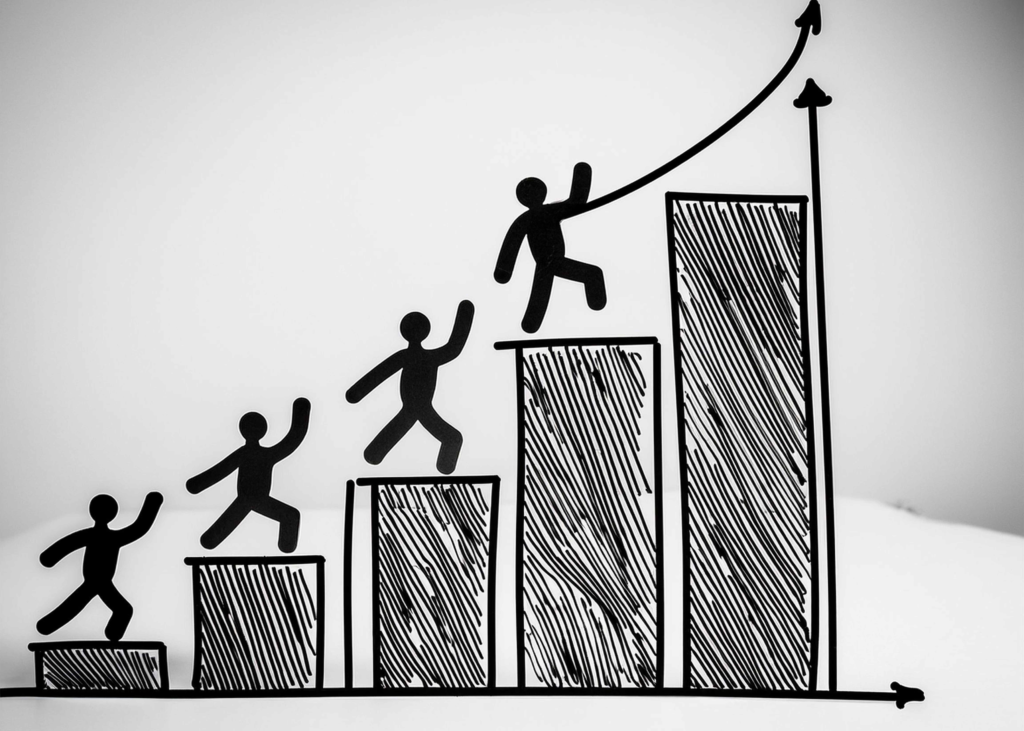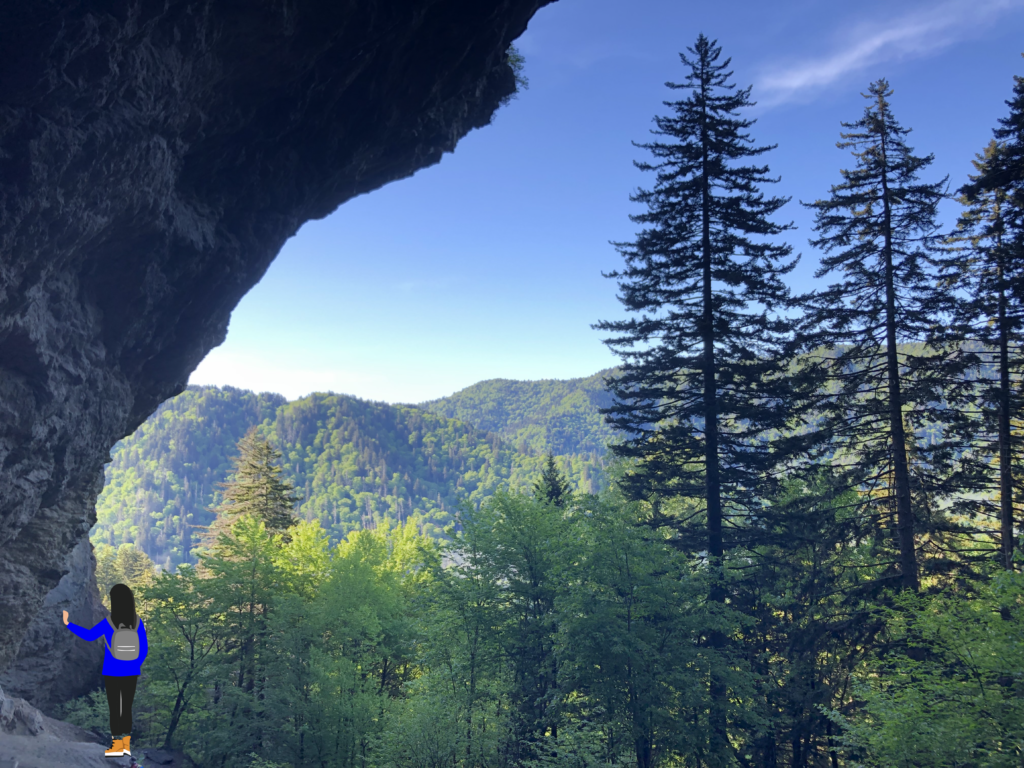The Joy of Mentorship: Reflections from a Senior Scientist
One of the most fulfilling aspects of my career as a senior scientist was mentoring younger scientists.
Read More
These relationships were built on camaraderie, mutual respect, and shared curiosity. While mentorship was often a formal responsibility—since many of these individuals reported directly to me—it was also a personal passion. My goal was never just to train them, but to help them evolve into independent researchers with the confidence and capability to lead their own scientific inquiries.
Mentorship, at its core, is about guidance and growth. A mentor should offer insight, encouragement, and access to opportunities that expand a mentee’s confidence and professional network. But what I came to appreciate over time is that there is no single blueprint for effective mentoring. Each relationship is unique, shaped by the mentor’s strengths and the mentee’s needs.
There are, however, a few principles I believe are essential to building a successful mentoring relationship:
- Don’t dictate answers – Guide them, but allow room for their own thinking and decision-making.
- Be frank and direct – Honest feedback, delivered with respect, builds trust.
- Ask for help when needed – Sometimes another senior scientist may be better suited to support a specific area of development.
- Take your trainee seriously – Their questions, concerns, and ambitions deserve your full attention.
What made mentoring even more rewarding was the personal growth I experienced through it. Every young scientist brought their own perspective, background, and energy to the lab. I learned something new from each of them—whether about their culture, their way of thinking, or their approach to challenges. These relationships sharpened my own leadership and management skills, and many became rich, long-term connections. We laughed often, shared meals, and supported each other through both professional hurdles and personal milestones.
Mentorship is not a one-way street. While the aim is to uplift and empower the next generation, the mentor is equally enriched in the process. Looking back, I realize that mentoring didn’t just shape the careers of those I guided—it also shaped me.

Leadership
Leadership is a necessary skill to advance any career.
Read More
Most programs are complex and include multitalented teams. Good leadership is important to coordinate the shared goals and move the program forward.
As my career advanced, I muddled my way through leading my team. Mistakes were made, apologies were delivered. In retrospect, I wondered if while we collected data, met our timelines, and wrote our grants and manuscripts, could I have prevented some of the drama if I had better leadership skills.
Old school leadership relied on positional power. But, an authentic leadership style focuses on morality and honesty. An authentic leader relies on an awareness of each individual’s talents and goals. The authentic leader is adaptable and creative in thinking. Importantly, embracing an authentic leadership style allows not only for a project to move forward, but presents the opportunity for historical skills and knowledge to be passed along to all team members. With the passing down of skills and knowledge an organization is offered the chance to be more stable.
Ultimately, this is the style of leadership I naturally relied on.
In a manuscript by Tvedt et al (International Journal of Managing Projects in Business Vol. 16, 2023) the authors state that “authentic leaders treat everyone equally and focus on accountability and balanced processing of information, creating a healthy and sharing environment within an organization.” This is a great manuscript to learn more about authentic leadership.


Take a Brain Break
Creativity is important is science .
Read More
And it is important to find a place where you can go, where your brain can go to rest and have some fun to be your most creative withing science. For me it is running.
I started running for exercise. I wanted a healthy body. Then I found a group of women who were also runners. We ran, we talked, we pushed each other. I found solutions in my science when I took the time to run. In fact after me and my team were fussing over problem for a few days, I often would walk into lab with a solution after a run. Then one day, my technician said, “I know you went running today”. I asked “why?” He said, “You are happy and full of ideas.”
As a scientist you have multiple tasks to complete every day such as experiments, data analysis, meetings, grants, reports etc… While it can all be exciting it can also be overwhelming.
So, I have always made time to run. I listen to books; I listen to music. Sometimes I listen to nothing and just let my brain do what it needs to do. You should find your place of joy and rest. You will be better if you take the time you need for yourself. You will find creativity.
Grit
It takes grit, perseverance, and a love of your work to be successful in science.
Read More
Moreover, your grit must be there right from the beginning. Discussing your ideas with other people will lead to feedback and criticism. And you cannot back down. You need to listen, decide what is valid, and adjust if needed. Regardless, you must keep moving forward.
The first time I had a grant reviewed by an NIH study section it was not funded. I had a good cry in the bathroom. My mentor told me not to take it personally. (I still have a bit of trouble not taking scientific rejection personally.) I read the comments and I found some solace in my grant being rated as “good.” So, I moved on. I had others read my grant and point out my gaps. I rewrote, I added more preliminary data, and I resubmitted the grant. Eventually, I was funded. It was only later, when I was asked to join study section, that I learned that “good” meant they hated the grant.
As a member of the scientific community, opposing opinions will be plentiful. This can be great because the advancement of science does not exist in a bubble. I have been so grateful when others point out the gaps in my hypotheses and experimental plans. But, it can sting a little to be corrected.
Along with the unfunded grants there are rejected manuscripts and experimental failures. But, grit, perseverance, and a love of my science helped me succeed.

The Big-Picture
As a scientist, I get lost in the details of my research.
Read More
Before long I usually catch myself and remember to think about the big-picture. I refocus on what I had hypothesized and set out to study. When I help junior scientists in my lab to plan experiments, I remind them to stay focused on the hypothesis as well. When in the moment, new data can be exciting. Jumping immediately to the next most likely experiment is very tempting. Instead, I remind them to return to the big-picture and revalidate their assumptions.
Before the very first experiment there is a hypothesis. The hypothesis is based on an idea, a lot of reading, and preliminary observations. The journey to draw conclusions about the hypothesis is exciting, exhausting, and at times frustrating. As scientists, we traverse through the experiments and the data with determination. But it is important to take a moment and be critical of the data. The data will either support the hypothesis or it will take us in a new direction.
While a series of experiments to test a hypothesis are planned out in advance, periodically we must stop and take a breadth. It is important to review the data and think through the story. As a scientist we need to think about the big-picture and ask if the planned path is still the best one, or if there is a need to pivot. Ultimately the data leads the scientist, not the other way around.


A diverse population leads to a diverse set of opinions and increases creativity. Diversity is good for America.